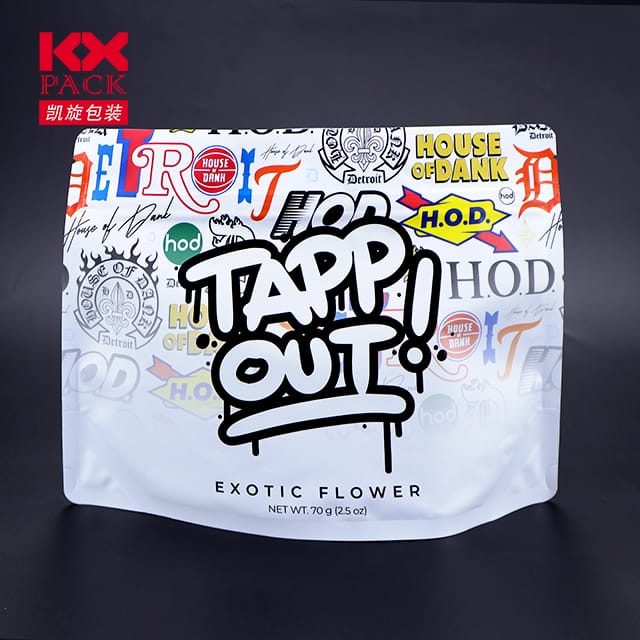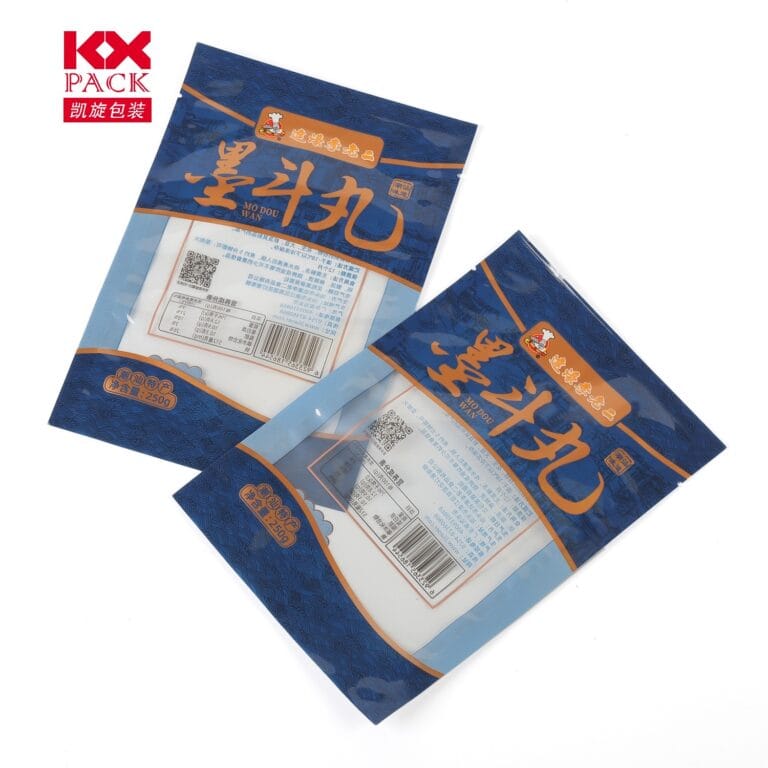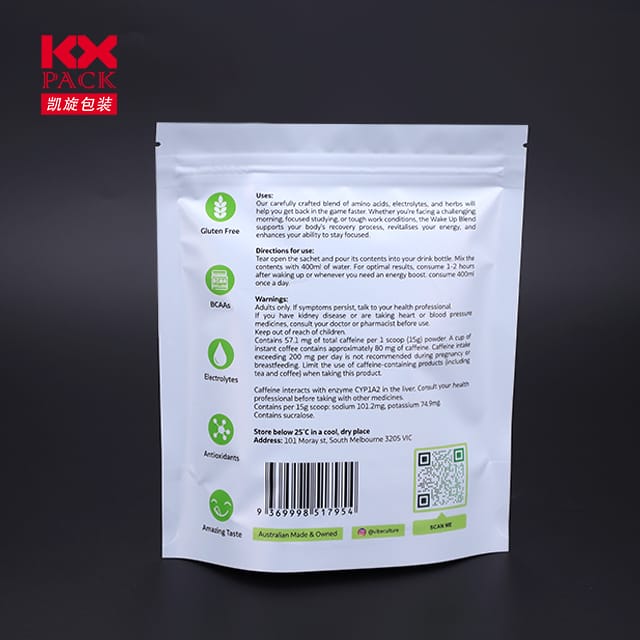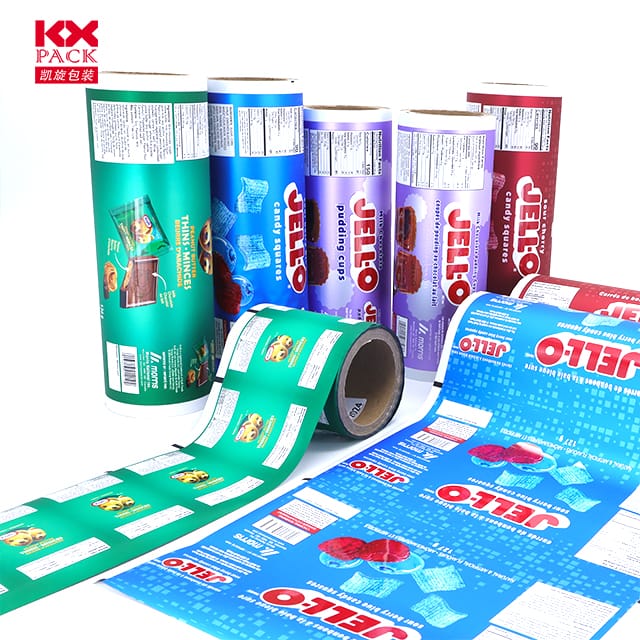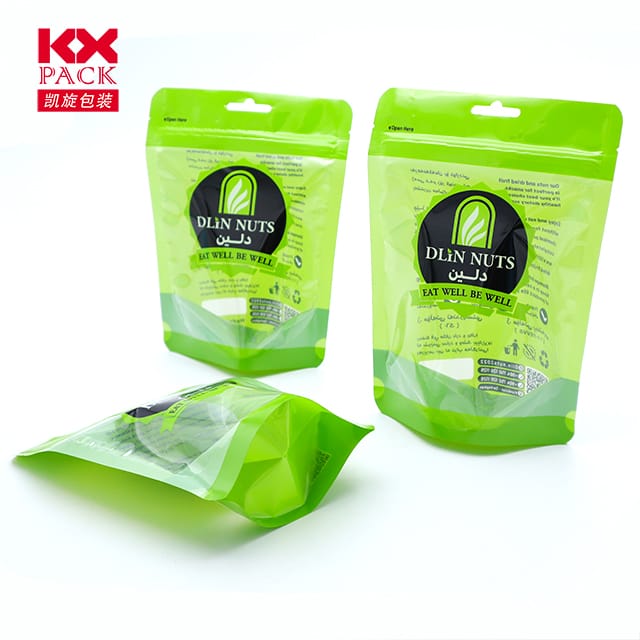პლასტმასის ფილმის ორმაგად აღებული ხმალი შეფუთვისთვის: მოხერხებულობა vs. გარემოზე ზემოქმედება (3
პლასტიკური ფილმი შესაფუთი
Plastic film is ubiquitous in our lives. სასურსათო მაღაზიებიდან დაწყებული საწყობებით, ეს მრავალმხრივი მასალის გახვევა, იცავს, და ინარჩუნებს ყველაფერს ახალი პროდუქტიდან მყიფე ელექტრონიკამდე. მაგრამ, როგორც იზრდება გარემოსდაცვითი პრობლემები, კითხვა იწევს: შეგვიძლია შევურიოთ პლასტიკური ფილმის მოხერხებულობა, პლასტიკური ნარჩენების შემცირების აუცილებლობით? Let’s unpack the role of plastic film in modern life and explore sustainable alternatives.
Why Plastic Film Dominates Packaging
- მრავალფეროვნება & ხარჯების ეფექტურობა
პლასტიკური ფილმი შესაფუთი (like polyethylene, or PE) is lightweight, მოქნილი, and inexpensive to produce. It can be tailored for various uses—cling wrap, shrink wrap, bubble wrap, და მეტი. - Barrier Protection
It shields products from moisture, ჟანგბადი, და დამაბინძურებლები, extending shelf life and reducing food waste. For businesses, this means fewer losses and happier customers. - გამჭვირვალობა & Marketing Appeal
Clear plastic film allows products to be visible, enhancing retail appeal. For consumers, it provides a “see-before-you-buy” advantage.
The Environmental Toll
- არა ბიოდეგრადირებადი: Traditional plastic film takes centuries to decompose, contributing to landfills and ocean pollution.
- მიკროპლასტიკა: As plastic breaks down, it releases microplastics that contaminate ecosystems and enter the food chain.
- Carbon Footprint: Production relies on fossil fuels, contributing to greenhouse gas emissions.
Stat Alert: The Ellen MacArthur Foundation estimates that by 2050, plastic could outweigh fish in the ocean.
Innovative Solutions & Alternatives
- ბიოდეგრადირებადი & კომპოსტირებადი ფილმები
- PLA (პოლილაქტური მჟავა): Derived from corn starch or sugarcane, it decomposes in industrial composting facilities.
- PHA (პოლიჰიდროქსიალანოატები): A biodegradable plastic produced by microbial fermentation.
- Plant-Based Films
Materials like ცელულოზა (from wood pulp) ან agar (from seaweed) offer compostable, non-toxic options. - მეორად & Recyclable Systems
- ფუტკრის ცვილის შეფუთვა: A natural, washable alternative to cling film.
- Silicon Lids: Durable covers for bowls and containers.
- Returnable Packaging: Some companies are trialing reusable plastic crates or containers.
- ქიმიური გადამუშავება
Emerging technologies break down plastic polymers into raw materials, enabling circular production.
How You Can Make a Difference
- შემცირება: Opt for loose produce, buy in bulk, or choose products with minimal packaging.
- Reuse: Repurpose plastic film for tasks like covering leftovers or protecting plants.
- Recycle: Check local guidelines—some regions accept clean plastic film for recycling.
- Support Eco-Brands: Patronize companies using compostable or recycled materials.
The Future of Plastic Film
While პლასტიკური ფილმი შესაფუთი isn’t going away overnight, progress is underway. Governments are enforcing stricter regulations (მაგ., the EU’s Single-Use Plastics Directive), and industries are investing in greener alternatives. მომხმარებლები, ძალიან, hold power—by demanding sustainability, we push the market toward innovation.
საბოლოო აზრები
პლასტიკური ფილმი შესაფუთი has revolutionized packaging, but its environmental cost is undeniable. By embracing alternatives, recycling wisely, and supporting eco-conscious brands, we can mitigate its impact. Let’s strive for a future where convenience and sustainability aren’t mutually exclusive.
💡წვერი: When recycling plastic film, ensure it’s clean and dry to avoid contamination.
What’s your strategy for reducing plastic film use? Share your tips in the comments!
საკვანძო სიტყვები: პლასტიკური ფილმი შესაფუთად, მდგრადი შეფუთვა, biodegradable plastic film, compostable alternatives, reduce plastic waste, eco-friendly packaging solutions

